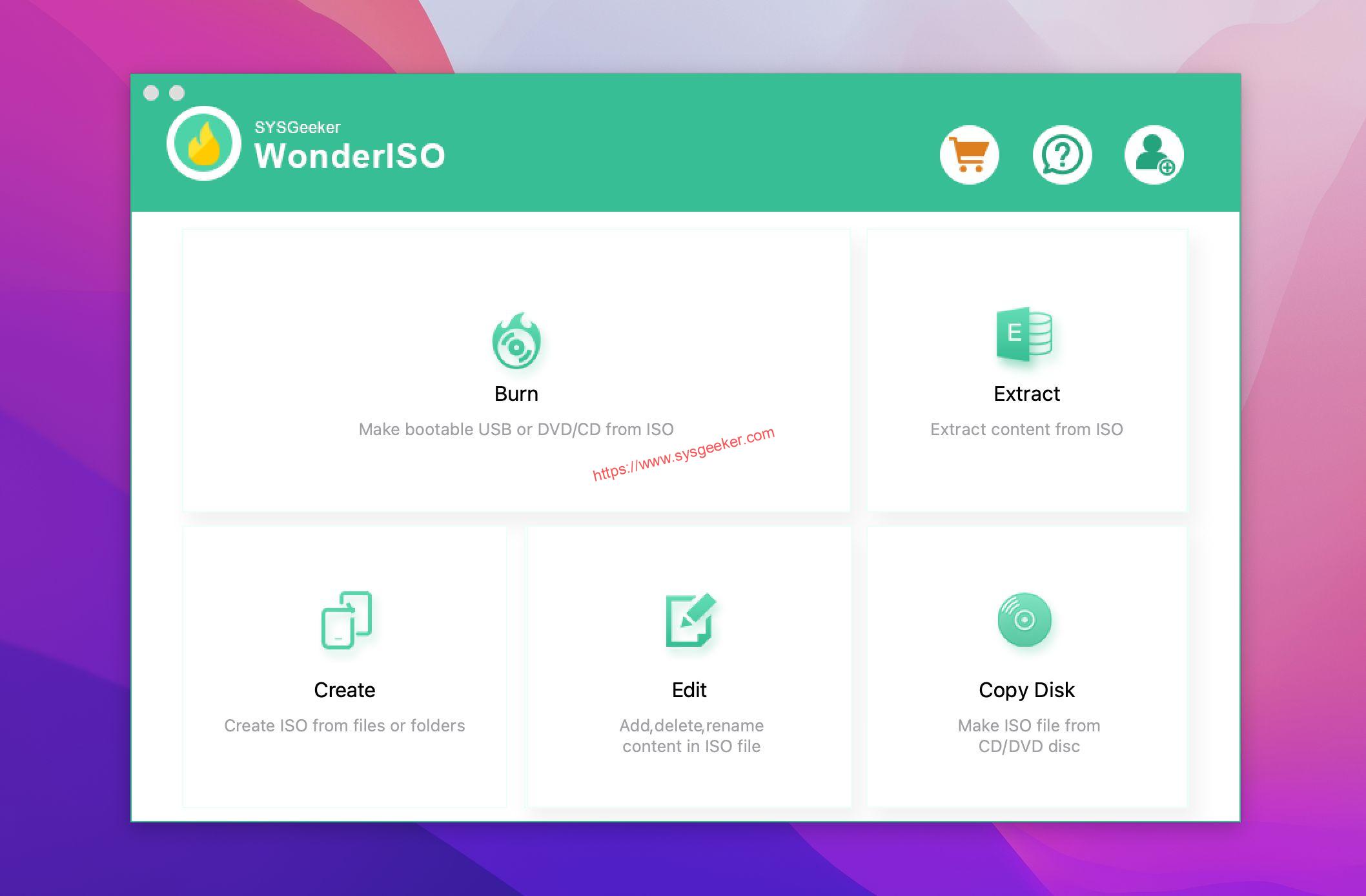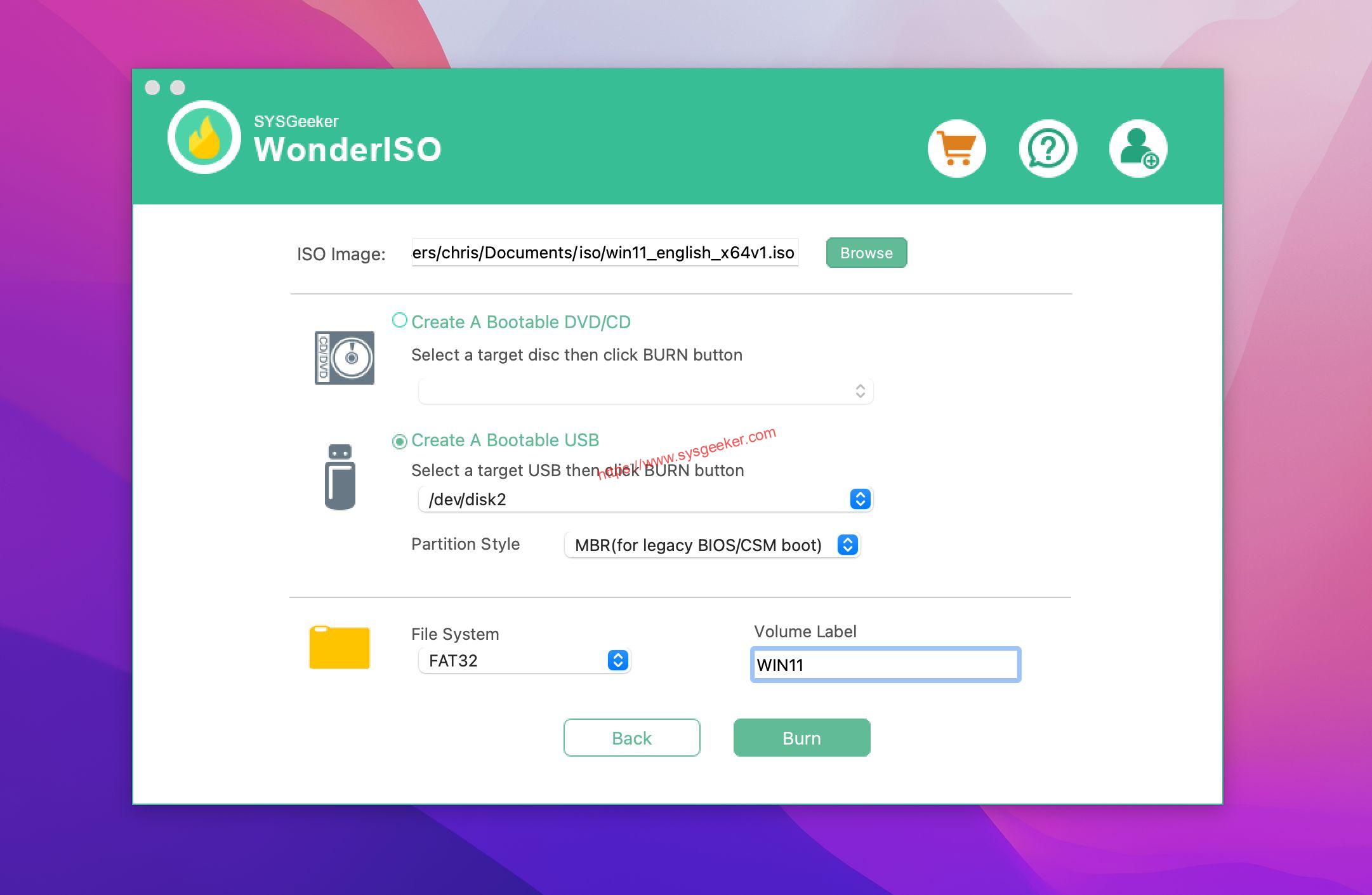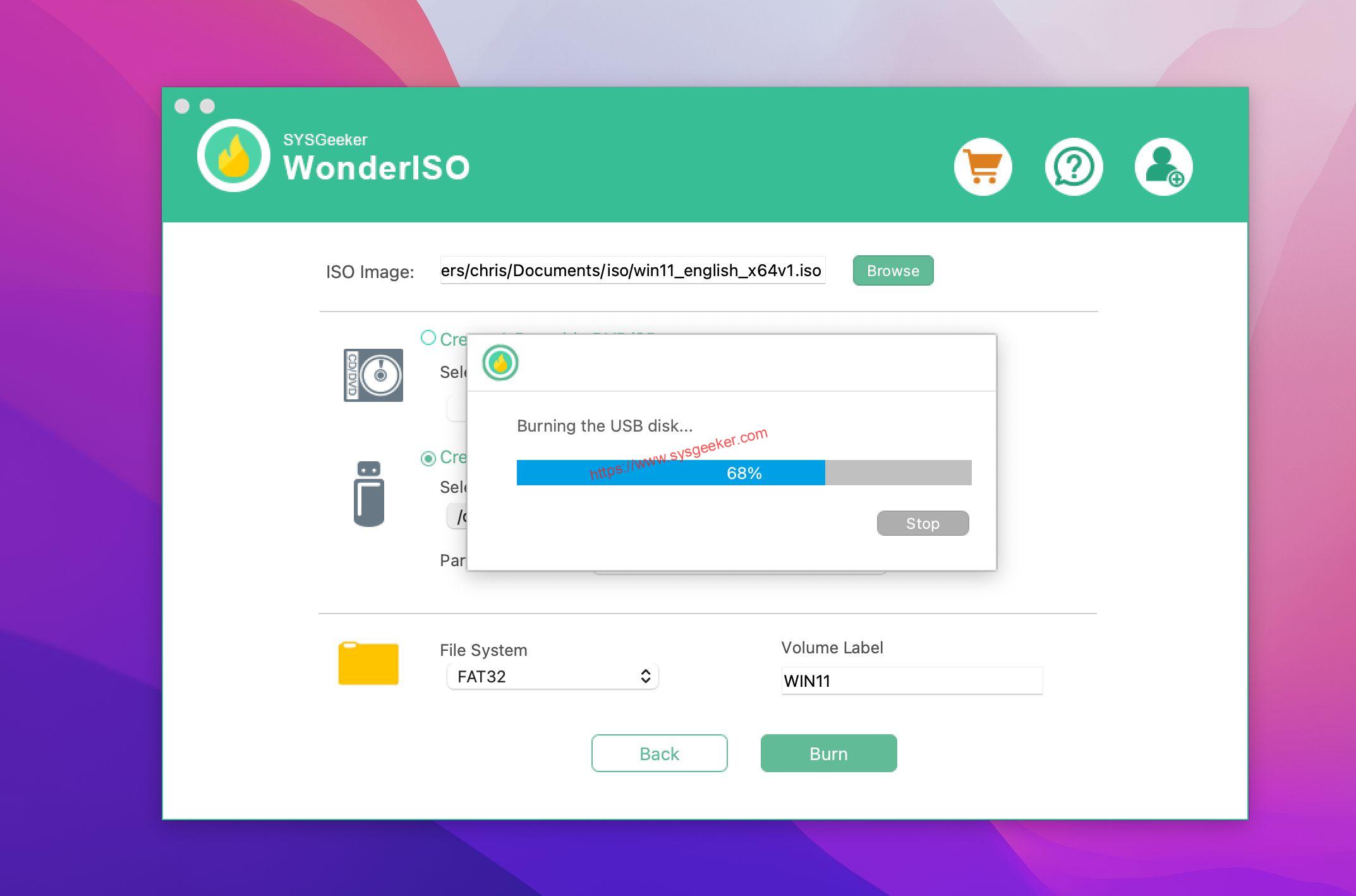Table of Contents
Tiny11 is a minimalist operating system that is intended to provide a simple, lightweight platform for embedded applications. It is written in the C programming language and is designed to be highly modular, allowing developers to easily customize the operating system for their specific device. It is perfect for use on devices with limited resources, such as embedded devices, as well as older computers with low memory and storage capacities. It is easy to install and can be used to create a secure, reliable, and fast environment with minimal effort.
In this guide, we’ll go over the installation requirements for Tiny 11 and how to install it on your computer.
Key Features of Tiny 11 (or Windows 11 Lite)
Tiny11 provides a number of features that make it a suitable operating system for embedded applications. These include:
• Modular design: Tiny11 is designed to be highly modular, allowing developers to easily customize the operating system for their specific device.
• Efficient resource management: Tiny11 provides an efficient resource management system that allows applications to be run on very limited hardware resources.
• Security: Tiny11 incorporates a range of security features to ensure that all user data is secure and protected. This includes encryption of data, two-factor authentication, and regular security audits.
• Portability: Tiny11 is designed to be highly portable and can be easily adapted to different hardware platforms.
• Open source: Tiny11 is released under an open-source license, allowing developers to freely modify and distribute the code.
Is It Safe and Better to Use Tiny11? (or Windows 11 Lite)
Although Tiny11 is a great operating system for embedded applications, there are some challenges associated with using it.
One of the biggest challenges is its limited hardware support; Tiny11 only supports a small number of hardware architectures, so it may not be suitable for all applications.
Additionally, due to its small size, it may not be able to support some of the more advanced features and applications that a larger operating system can.
Finally, due to its open source nature, it can be difficult to find support or assistance with any issues you may encounter.
Requirements for Tiny11 (Windows 11 Lite) PC?
Tiny 11 has a minimalistic user interface that is easy to navigate and has a low system resource requirement. It is an ideal choice for people who are looking for a reliable and hassle-free operating system. Before you can install Tiny 11, there are certain hardware requirements that must be met.
1. A computer with a 32-bit or 64-bit processor.
2. At least 512 MB of RAM.
3. A hard drive with at least 10 GB of free space.
4. A CD-ROM drive or USB port for installation media.
How to Download and Install Tiny11 on Any Old PC with 2G RAM?
Now that you’ve verified that your computer meets the minimum system requirements for Tiny 11, you’re ready to begin the installation process. Here’s how to do it:
1. Download the Tiny 11 ISO image. The ISO image is available for free from the Tiny 11 website.
2. Start to create a bootable USB drive. You can use the free Rufus or WonderISO tool to create a bootable USB drive from the Tiny 11 ISO image. Here we recommend using WonderISO tool to create a bootable USB installer as it’s available for Mac computer.
- a. Install it on your macOS computer or Windows computer, then launch it.

- b. Connect your USB drive to computer and select "BURN" button.
- c. Import your Tiny ISO to program and click "BURN" button to write the Tiny ISO to USB drive.

d. Writing Tiny will take a few minutes based on the writing speed of your USB hard drive.

3. Boot from the USB drive. Turn on your computer and press the appropriate key to enter the BIOS setup. Then select the USB drive as the boot device.
4. Install Tiny 11. Once you’ve booted from the USB drive, you’ll be presented with a menu. Select the “Install Tiny 11” option and follow the onscreen instructions to complete the installation.
5. Configure Tiny 11. After the installation is complete, you’ll need to configure Tiny 11. You can do this through the graphical configuration tool or by editing text files in the /etc directory.
6. Start using Tiny 11. Once you’ve finished configuring Tiny 11, you can start using it. Enjoy!
Benefits of Using Tiny11
1. Smaller Memory Footprint: Tiny11 has a smaller memory footprint than the standard version of Windows 11 Pro 22H2, making it ideal for users with limited memory resources. Tiny11 is also designed to use fewer system resources, such as CPU and disk space, allowing users to get more out of their machines with fewer resources.
2. Fewer Services and Applications Installed: Unlike standard Windows 11 Pro 22H2, Tiny11 comes with fewer services and applications installed. This reduces the amount of system resources used by the system, allowing users to get more out of their machines with fewer resources.
3. Faster System Performance: The streamlined design of Tiny11 allows for faster system performance than the standard version of Windows 11 Pro 22H2. This makes it ideal for users who need a system with faster performance, such as those running server applications or intensive tasks.
4. Security Enhancements: Tiny11 also comes with security enhancements that make it more secure than the standard version of Windows 11 Pro 22H2. This makes it ideal for users who require a secure system with fewer security vulnerabilities.
What to Pay Attention to when Using Tiny11 (Win 11 Lite)?
When using Tiny11, users should pay attention to a few key points.
1. Users should ensure that all software and applications installed on the system are up to date and secure.
2. When using Tiny11, users should pay close attention to the system’s security features. It is important to make sure that the system is properly configured and that the security settings are enabled. And users should take the necessary steps to protect the system from malicious attacks, such as enabling a firewall and using antivirus software.
3. Users should be aware of the system’s resource requirements and ensure that it is not overburdened with unnecessary processes or applications.
4. Users should keep their system up to date with the latest security patches and updates.
5. Users should make sure to back up their data regularly, in order to protect against data loss.
In Conclusion
In a word, Tiny11 is designed for users who require a system with fewer resource requirements and faster performance. It provides an efficient resource management system that allows applications to be run on very limited hardware resources.
Can tiny11 play games?
No, Tiny11 microcontrollers are not designed to play games. They are designed to control various devices, such as motors and sensors.
Is 1 GB RAM enough for Tiny11?
No, 1 GB RAM is not enough for Tiny11. It requires at least 2 GB RAM for optimal performance.
Is Windows 11 Lite worth it?
It depends on your needs. Windows 11 Lite is designed to be a lightweight version of Windows, so it may be beneficial if you are looking for a simple operating system that doesn't require a lot of resources. However, it may not be worth it if you need more advanced features or have specific software requirements.
